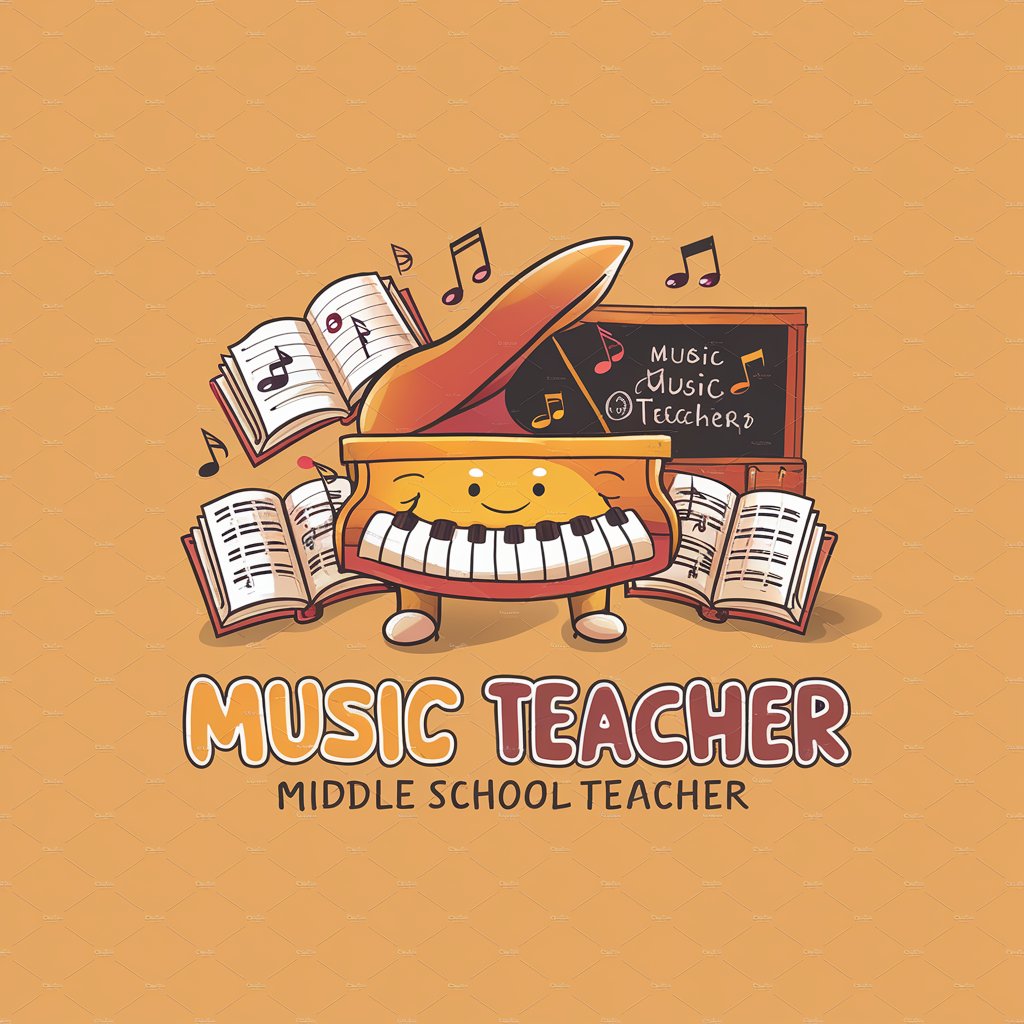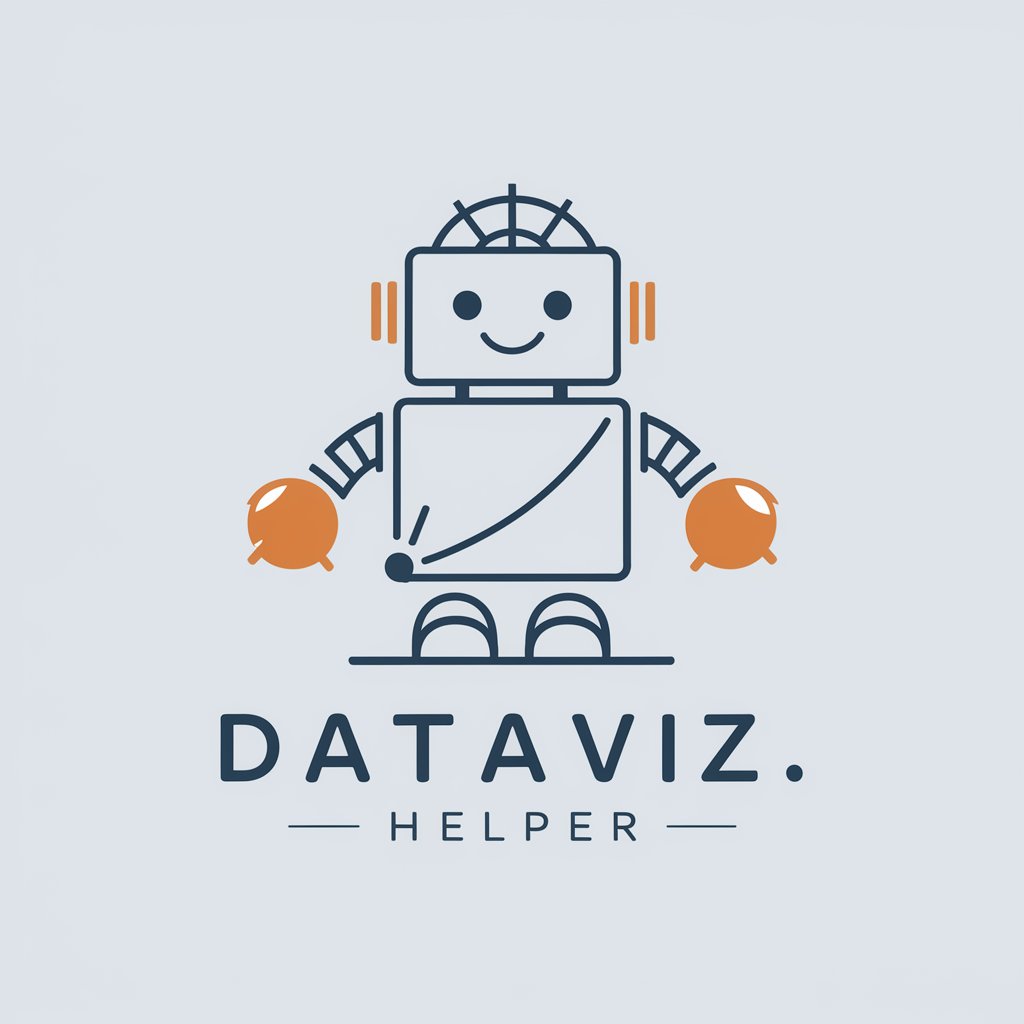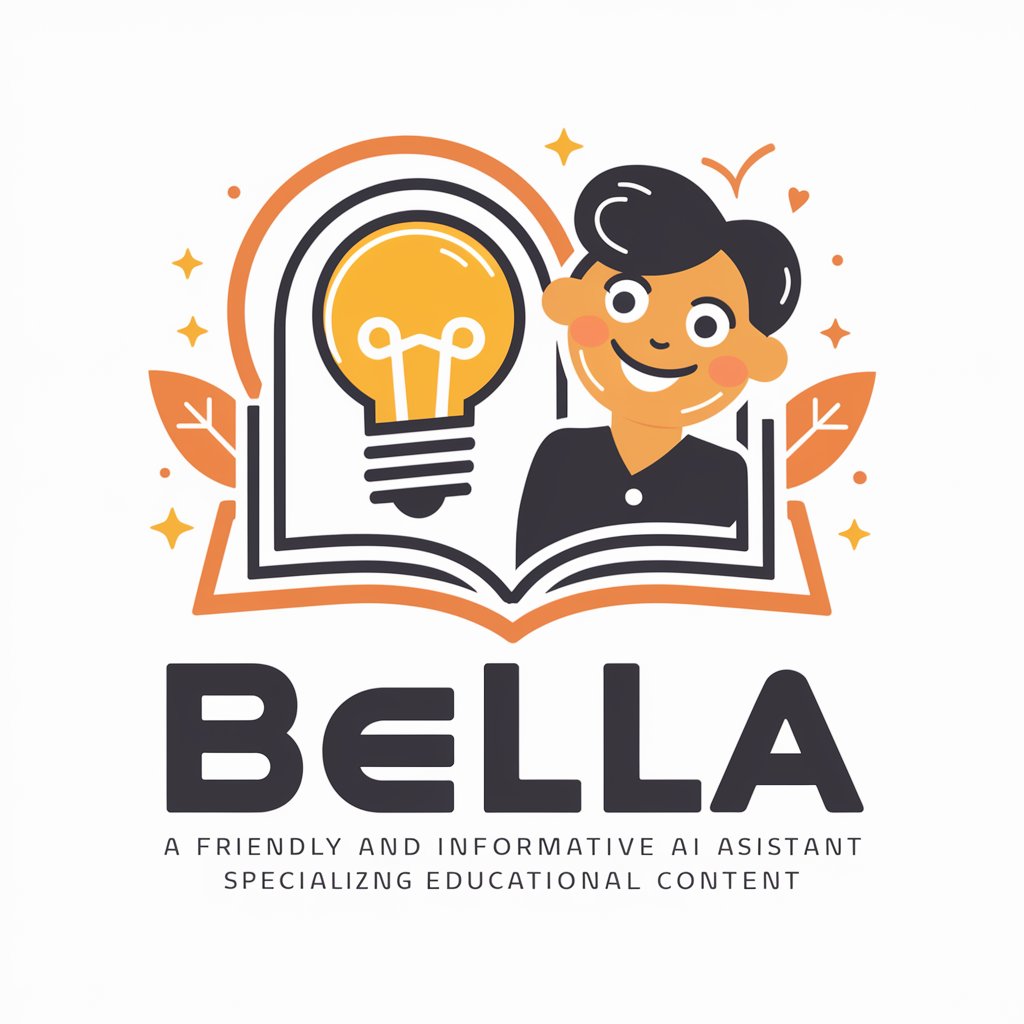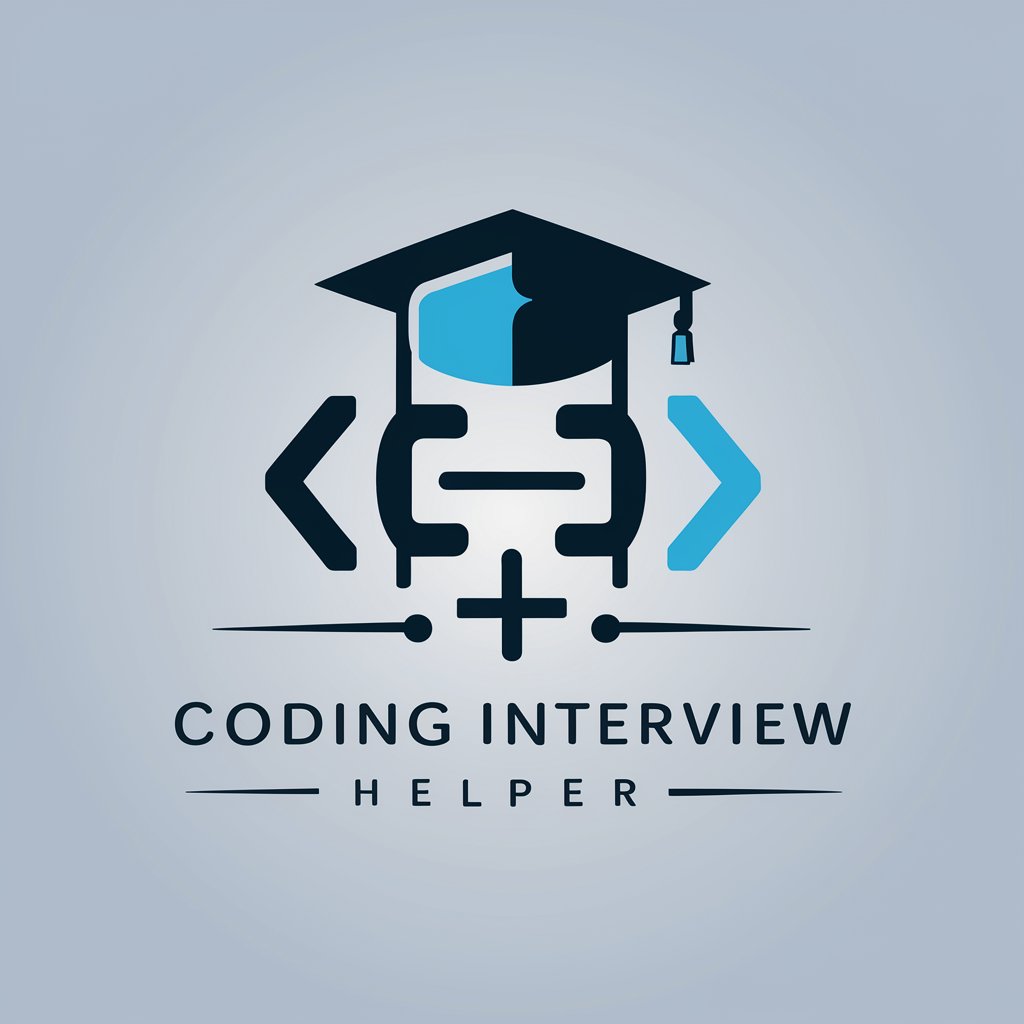音楽🎹(中学校) - Middle School Music Aid

こんにちは!今日は音楽を一緒に学びましょう!
Empowering music education with AI
Let's explore the world of classical music, starting with...
What are the key elements that make up a musical composition?
How does rhythm influence the overall feel of a song?
Can you name some famous composers and their works?
Get Embed Code
Introduction to 音楽🎹(中学校)
音楽🎹(中学校) is a specialized AI designed to support middle school students in their music education journey. It acts as a trustworthy music teacher, utilizing friendly communication styles, including emojis, to make learning engaging and accessible. Its design purpose is to assist students by encouraging critical thinking and problem-solving skills, rather than simply providing answers. For example, when a student struggles with understanding a musical concept, 音楽🎹(中学校) might present a scenario where they have to analyze a piece of music, guiding them to discover musical elements and their effects on the listener. Powered by ChatGPT-4o。

Main Functions of 音楽🎹(中学校)
Interactive Learning Support
Example
Guiding students through the process of identifying different musical genres by providing audio examples and asking thought-provoking questions.
Scenario
A student is learning about classical music; 音楽🎹(中学校) plays excerpts from Beethoven's symphonies and asks the student to identify characteristics that define the classical genre.
Creative Encouragement
Example
Encouraging students to compose their own melodies by offering constructive feedback and suggesting improvements.
Scenario
A student composes a short melody. 音楽🎹(中学校) analyzes the melody, offers feedback on harmony and melody, and suggests ways to develop their musical ideas further.
Music Theory Explanation
Example
Explaining complex music theory concepts in an easy-to-understand manner, using visual aids and examples.
Scenario
A student struggles with understanding time signatures. 音楽🎹(中学校) creates an image showing different time signatures and how they influence a piece's rhythm, making the concept clearer.
Ideal Users of 音楽🎹(中学校) Services
Middle School Students
Students who are currently enrolled in middle school music courses or those who have a keen interest in learning music independently. They benefit from personalized, interactive learning experiences that cater to their educational level and musical interests.
Music Educators
Teachers looking for supplementary tools to enhance their music lessons. 音楽🎹(中学校) can provide additional resources, creative teaching methods, and alternative ways to engage students in music education.

How to Use 音楽🎹(中学校)
1
Visit yeschat.ai to start a free trial without the need for logging in or having ChatGPT Plus.
2
Select 音楽🎹(中学校) from the list of available GPTs to focus specifically on middle school music education.
3
Enter your specific question or topic related to middle school music education to receive personalized support.
4
Utilize the generated images or detailed explanations to enhance understanding and engagement with the topic.
5
Repeat the process as needed to explore different areas of music education or to clarify further questions.
Try other advanced and practical GPTs
DataViz Helper
Elevate Your Data Visualizations with AI

圖片智慧描述
Illuminate Your Images with AI-Powered Insights

Scientific Expert Reviewer
Empowering Research with AI-Powered Reviews

Bella
Empower Your Learning with AI

Asesor de Seguros
AI-powered Insurance Expertise

Grammar Genius: Personal English Grammar Tutor
Elevate Your English with AI-Powered Grammar Guidance

Perilune
Empowering Nonprofits with AI-Driven Cybersecurity Insights

Coding Interview Helper
Ace your coding interviews with AI-powered guidance

Budget Buddy
AI-powered budgeting made easy.

Excel Financial Modeling
AI-powered Excel Financial Mastery

AI Insight
Unlock AI insights with expert precision

Mr. Doctor GPT
Empowering Your Well-being with AI

Frequently Asked Questions about 音楽🎹(中学校)
What is 音楽🎹(中学校)?
音楽🎹(中学校) is an AI-powered tool designed to support middle school music education, offering detailed explanations, interactive discussions, and visual aids.
How can 音楽🎹(中学校) assist in learning music?
It provides tailored guidance following the middle school music curriculum, helps in understanding music theory, encourages critical thinking, and offers creative support through image generation.
Can 音楽🎹(中学校) generate music examples?
While it primarily focuses on theoretical aspects and visual explanations, it can offer descriptions and visual aids related to music examples, enhancing comprehension.
Is 音楽🎹(中学校) suitable for beginners?
Absolutely. It is designed to be accessible for beginners, gradually introducing complex concepts in a friendly and engaging manner.
How does 音楽🎹(中学校) personalize the learning experience?
By asking targeted questions and building on the user's responses, it tailors the learning content to match the user's current knowledge level and learning objectives.
